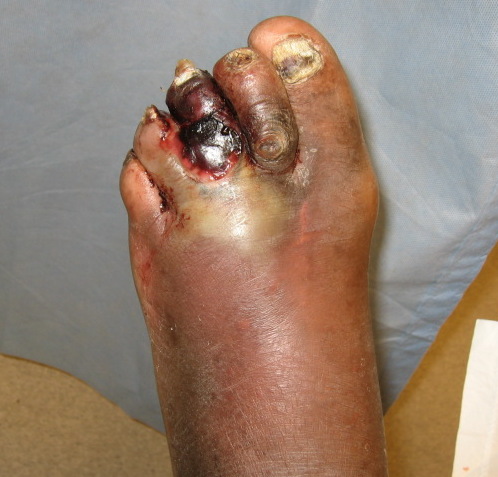
Managing wounds effectively is a key aspect of maintaining health for individuals with diabetes. Wounds can develop into serious complications if not addressed properly. Diabetic wound care focuses on preventing issues, promoting recovery, and reducing the risk of long-term problems. This article explores how diabetes affects wound healing and care.
How Does Diabetes Affect the Body’s Ability to Heal?
Diabetes impacts the body in many ways, including its ability to recover from wounds. High blood sugar levels can impair circulation, which results in reduced delivery of oxygen and nutrients to affected areas. This limited blood flow slows down the healing process.
Nerve damage, or neuropathy, is another common challenge in diabetic wound care. Individuals may not feel pain or detect injuries immediately. This lack of sensation allows wounds to worsen before being noticed, increasing the chances of infection and further complications. Reduced immune function in people with diabetes also makes it harder for the body to fight off infections.
What Are the Most Common Types of Diabetic Wounds?
Diabetic wounds are often found in areas that experience pressure, friction, or trauma. The most common types include:
- Foot ulcers: These occur when pressure or minor injuries to the foot fail to heal properly. They may develop on the bottom or sides of the foot.
- Peripheral ischemic ulcers: Reduced blood flow to the legs and feet can cause open sores, typically on the toes, heels, or lower legs.
- Pressure sores: Prolonged pressure on one area, often resulting from limited mobility, can cause these wounds.
- Surgical wounds: Patients with diabetes may experience slower healing post-surgery, which can result in complications if not carefully managed.
Diabetic wounds can vary in size, depth, and severity. Paying attention to these wounds reduces the risk of long-term complications like infections or amputation. Early detection is key to managing them effectively.
What Treatments Are Commonly Used in Diabetic Wound Care?
Treatments for diabetic wounds aim to promote healing while reducing the risk of infection. Common approaches include:
- Wound cleaning: Keeping the wound clean and free of debris helps the body focus on recovery and prevents infection.
- Debridement: Removing dead tissue from the wound allows healthier tissue to grow and speeds up the healing process.
- Dressings: Specialized bandages create an environment that supports healing and protects the area from additional harm.
- Offloading: Relieving pressure on the affected area, such as with medical-grade footwear, can prevent further damage and encourage healing.
Other practices may involve using antibiotics, managing blood sugar, and incorporating physical therapy. Care plans are tailored to fit the wound type, severity, and specific health needs. Regular monitoring and adjusting of treatment strategies are keys to achieving progress.
Consult a Wound Care Specialist
Diabetic wound care contributes to improved health by encouraging better healing and reducing risks. Identifying wounds early and applying appropriate treatments makes a significant difference in maintaining overall well-being. For effective results, consult a wound care specialist to develop an individualized care plan. Specialists offer knowledge and tools to help you manage wounds confidently. Schedule a consultation today to take proactive steps toward better wound management and health.



